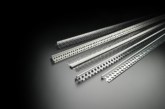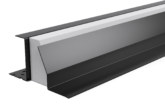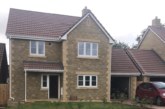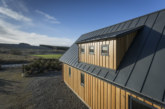Richard Price, Technical Director at Catnic, explains how steel lintels featuring a thermal break can support a fabric first approach to building design.
In recent years, the Government has shown an increased interest in improving the energy efficiency of new homes, with a commitment to reducing carbon emission targets. One result has been an increasing emphasis on a Fabric First approach, where the components and materials that make up the building fabric itself achieve maximum performance. This approach ensures new homes meet the highest demands of the current Fabric Energy Efficiency Standard, Part L and SAP compliance.
Ideally, a holistic approach should be adopted to achieve this standard – taking the thermal performance of each individual component into account alongside how they work with one another. This is a challenging balancing act, between high performance components and systems and the potential thermal bridges they create. A key example is the steel lintel.
Although a key component of a structurally sound home, steel lintels do have the potential to compromise the energy performance of a new building by forming a thermal bridge – an area of a building construction which has a significantly higher heat transfer than the surrounding materials.
Energy efficiency
Legislative regulations are now demanding improved energy efficiency standards, as well as the sophisticated measurement of energy wastage through the building envelope. Heat lost through the building fabric, for example through walls, roofs, floors, doors and windows is measured in W/m2K – giving each component a U value. Psi values measure the heat loss along a junction between two of these thermal elements, for example at window heads, window jambs, windowsills, and lintels.
Lintel psi values can be obtained from a variety of sources. One option is to work from the default values taken from BRE IP 1/06 or ACDs found in SAP calculators, however these often represent the worst case scenario – and as such they are not recommended. Alternatively, it can be worthwhile considering the lintel psi values that the insulation and block manufacturers include within their typical thermal details. However, the most reliable option is to use the psi values provided by the lintel manufacturer themselves.
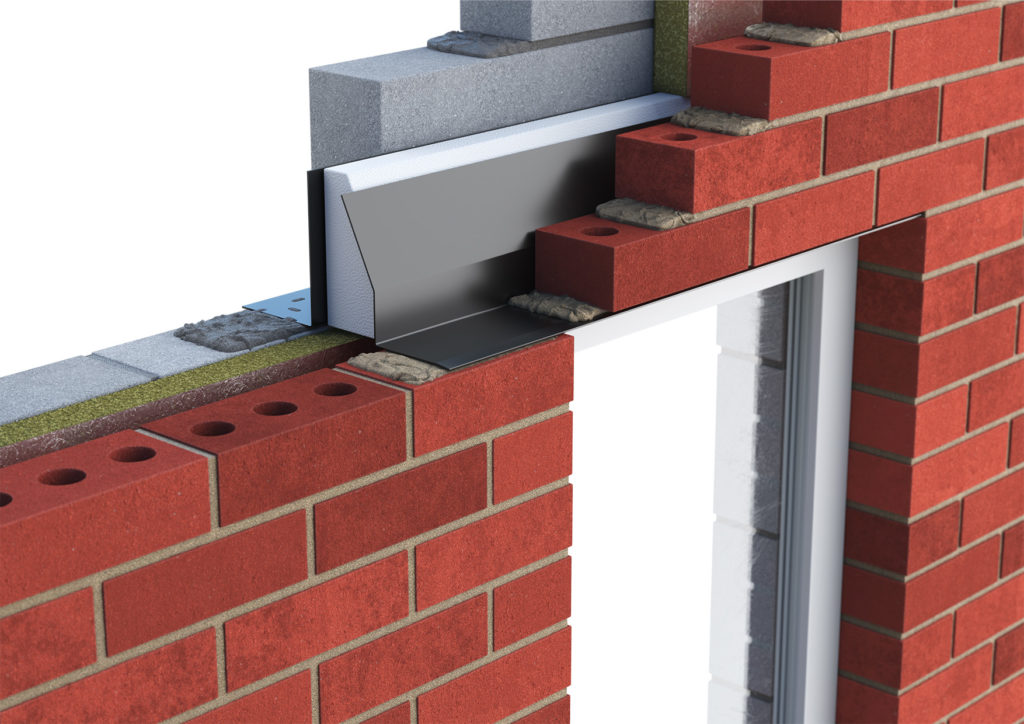
This need for improvements in the psi values of lintels has prompted the introduction of a new type of lintel on the marketplace, one that is designed with a complete thermal break. By using lintels without a base plate (removing the potential for additional thermal bridging) or thermally broken lintels within cavity wall constructions, housebuilders and developers can benefit from a lintel that incorporates a complete thermal break between the inner and outer leaf of a cavity wall – delivering the best possible thermal performance.
Catnic’s Thermally Broken Lintels, for example, provide a complete thermal break. It has a BRE-certified energy transmittance Psi value of 0.02 to 0.05 W/mK with no compromise to structural performance. Modelled by Catnic, the lintels have been independently tested in a range of different wall constructions. As a result, the range is listed on the BRE Certified Thermal Details and Products scheme. It has been designed to cover all building types from small domestic dwellings to large apartment buildings, including concrete floor loads.
In addition, with a flat top providing a consistent junction with the cavity wall insulation, the reliance on onsite workmanship is removed and ensures the actual performance of the junction meets the design expectations. The specification of a lintel like this is extremely advantageous, not only when it comes to cost, but also timing and logistics because it can be installed in the same way as a traditional steel cavity wall lintel.



